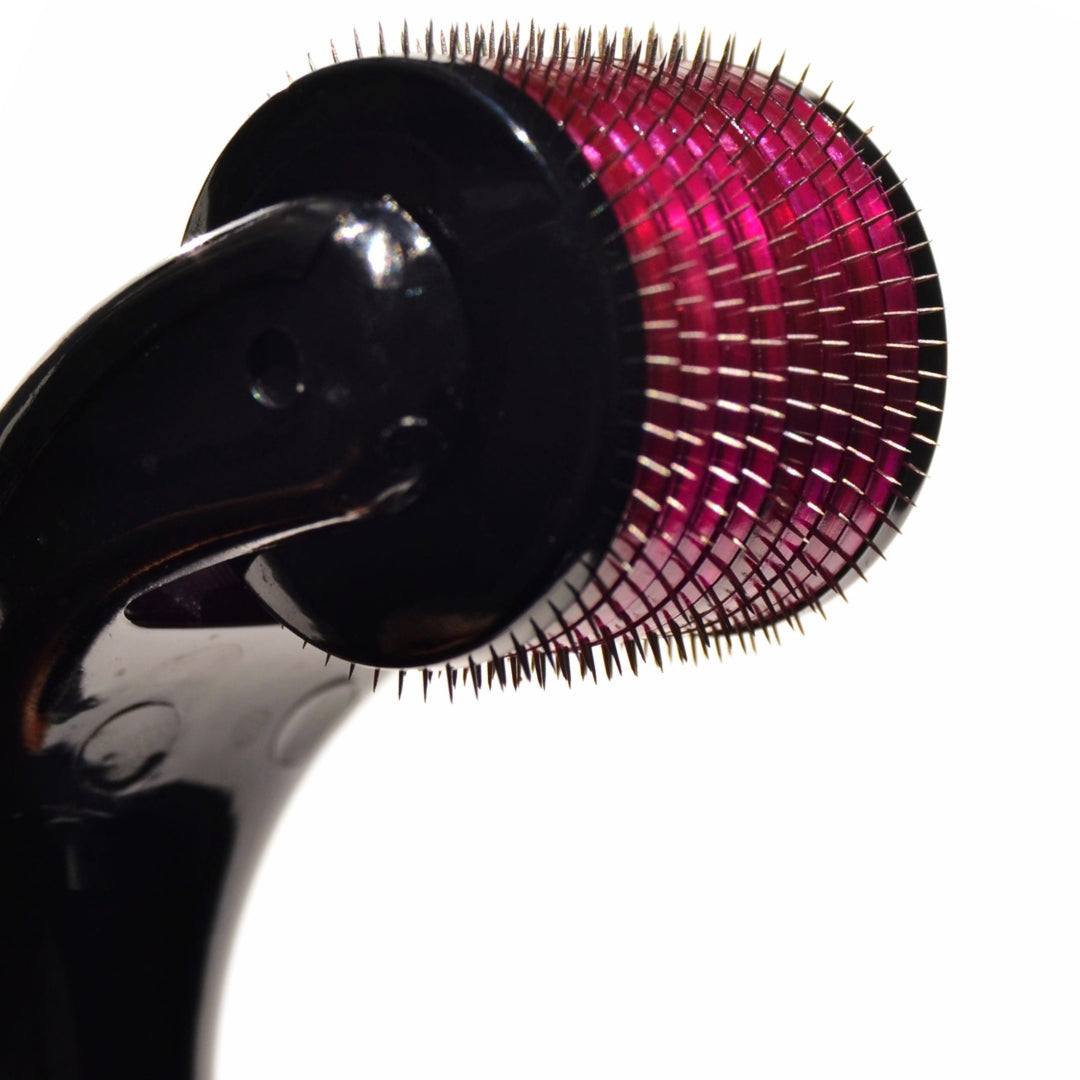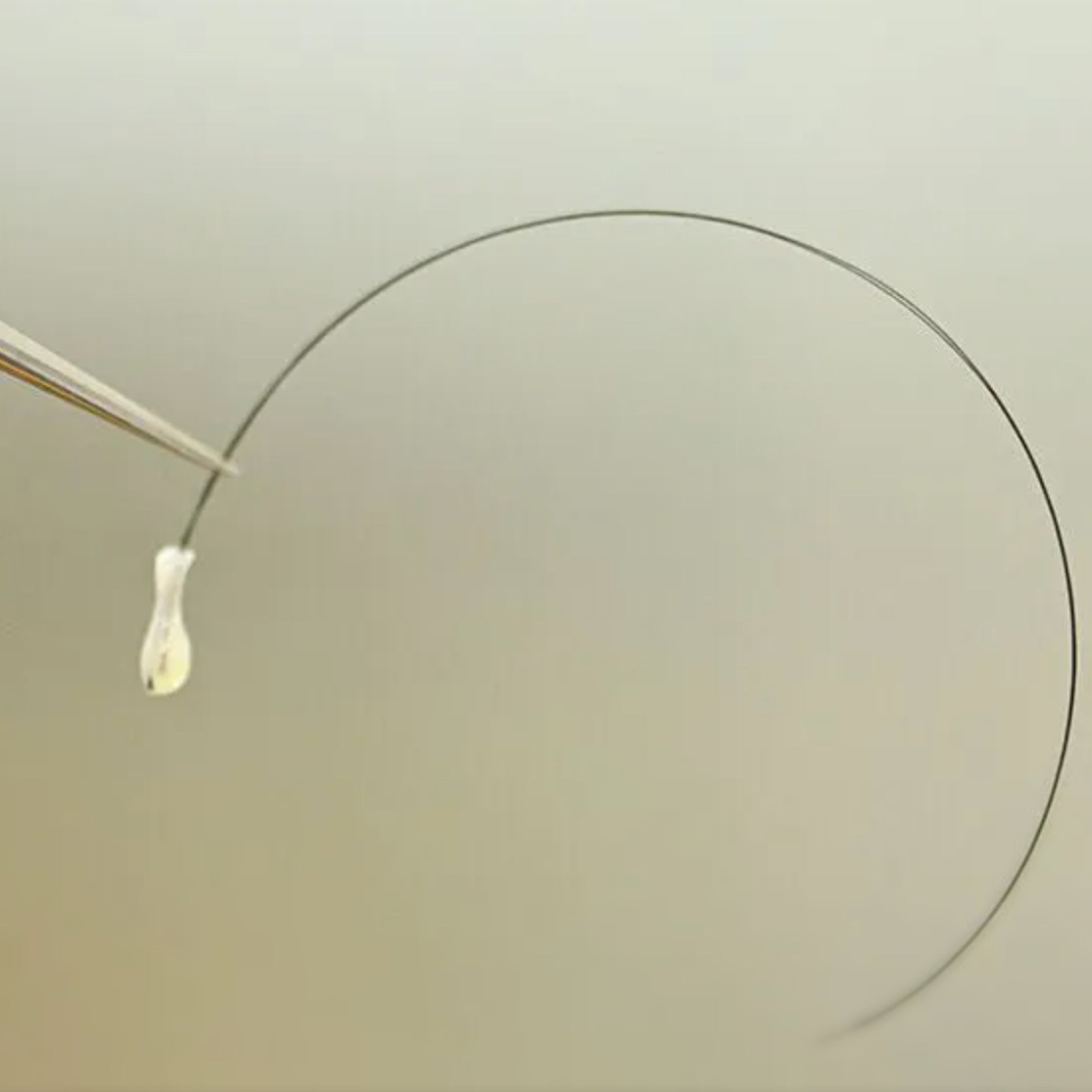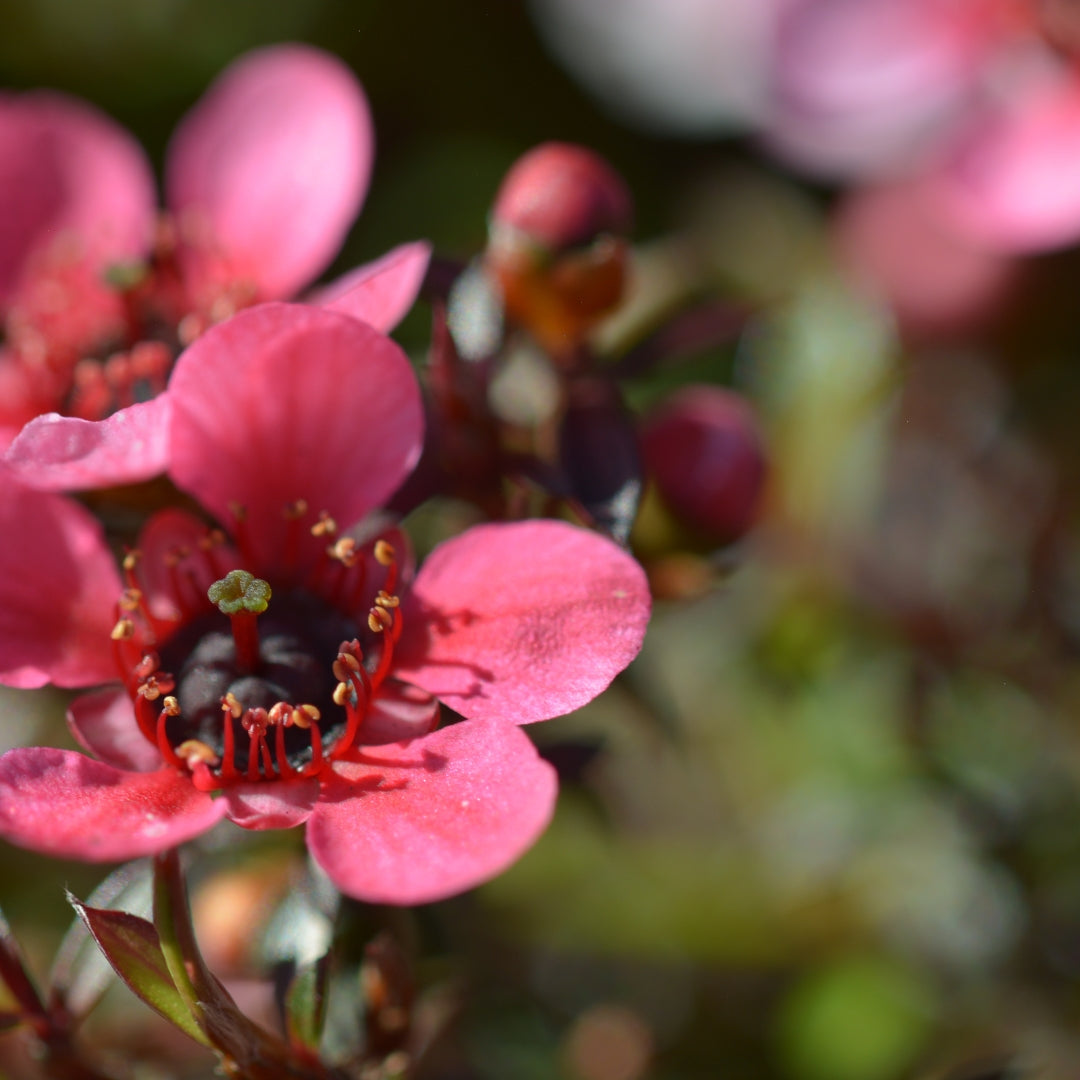Is alcohol-free minoxidil effective?
The FDA approved alcoholic formulations in the form of 2% and 5% solutions and 5% foam in 1988, 1991, and 2016, respectively, for the management of male pattern baldness. These older formulations rely heavily on alcohol and propylene glycol to dissolve minoxidil, which is essential for skin absorption.
This article will focus on:
- What is the role of alcohol in minoxidil formulations?
- Is there scientific evidence to support alcohol-free minoxidil?
- What are the benefits of alcohol-free minoxidil?
Rogaine, Regaine, HairAgain and friends ...
Alcohol and propylene glycol play a vital role in topical formulations containing minoxidil. Minoxidil is not soluble in water and requires propylene glycol and alcohol to dissolve completely. Regaine is a popular minoxidil product sold in Australian pharmacies. In the United States and other parts of the world, it is known as Rogaine. Different brands have emerged recently, including Amazon, Costco, and Kirkland's—all with the same alcoholic formulation.
In 2023, Médicii Laboratories demonstrated that minoxidil can be dissolved without propylene glycol and alcohol using Olevit™, a proprietary fatty acid combined with salt ions. Olevit™ allows active ingredient absorption and prevents minoxidil's crystallisation in aqueous solution over its shelf life.
Is alcohol-free minoxidil effective?
Emerging studies show non-alcoholic minoxidil formulations produce similar benefits compared with alcoholic formulations and with significantly fewer side effects.
A 2023 study published in the International Journal of Trichology showed that alcohol-free minoxidil patients had improved skin hydration, reduced scalp inflammation, and reduced scalp itching. In contrast, alcohol-based formulations showed increased scalp redness and dryness after days 15 and 30, respectively.
Another study, published by Sattur et al. (2023), found that the alcohol-free group was better tolerated and that over sixteen weeks, the hair growth of the alcohol-free group was similar to that of the alcohol group..
What are the benefits of alcohol-free minoxidil?
Studies show the benefits of alcohol-free minoxidil include:
- Improved skin hydration,
- Reduced scalp inflammation,
- Reduced scalp itching and seborrheic dermatitis
Alcohol-free and propylene glycol-free minoxidil also increases the likelihood of users experiencing hair regrowth by increasing compliance.
In 2023, Shardi concluded that approximately 13.8% of users experience scalp itching and 9.5% experience seborrheic exacerbation within the first month of starting ethanol and propylene based minoxidil solution. This means they had to stop treatment before seeing results.
What are the disadvantages of alcohol-free minoxidil?
- The product takes longer to dry compared to alcohol-based solutions,
- Shorter shelf life, and
- Not likely to penetrate the skin if minoxidil starts to crystallise.
References:
- Udare, S et al (2023). "Low-Alcohol or Alcohol-Free Minoxidil Formulation for the Management of Androgenic Alopecia: an Indian Perspective." International Journal of Trichology. 15(1): p13-17, Jan-Feb 2023.
- Yan, H et al (2011). "Solubility of Minoxidil in Methanol, Ethanol, 1-Propanol, 2-Propanol, 1-Butanol, and Water from (278.15 to 333.15) K ." J. Chem. Eng. Data 2011, 56, 5, 2720–2722
- Tata, S et al (1995). Penetration of Minoxidil from Ethanol/PG: Effect of application volume and occlusion. J Pharm. Sciences. v84(6). June 1995, Pages 688-691.
- Sattur, S (2023). "Comparative clinical study evaluating the efficacy and safety of topical 5% Cetosomal Minoxidil and 5% Alcohol-Based Minoxidil Solutions for the treatment of androgenic alopecia in Indian Men."Cureus 15(10): e46568. doi:10.7759/cureus.46568
- American Chemical Society
- Sarkar, R et al (2020). "Topical 5% Minoxidil Novel Formulation and Alcohol-based conventional solutions in treatment of androgenic alopecia in Indian men: A randomised double-blind study." J Dermatology and Therapy. v10, p469-479



